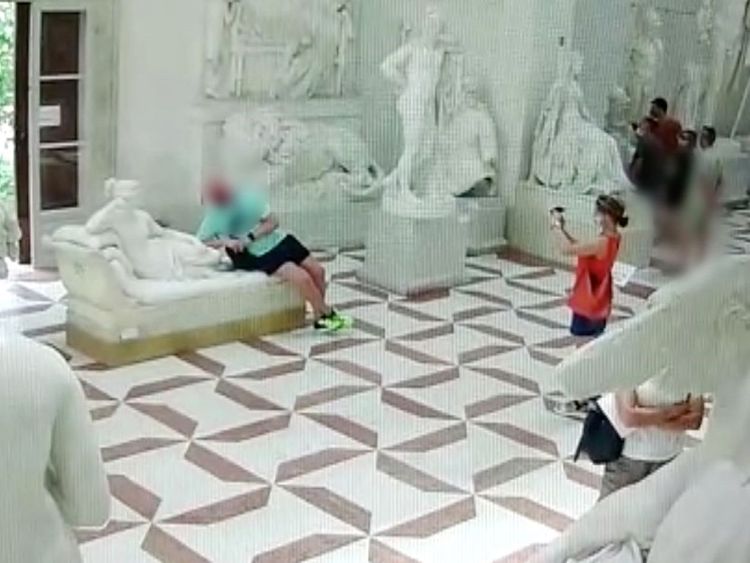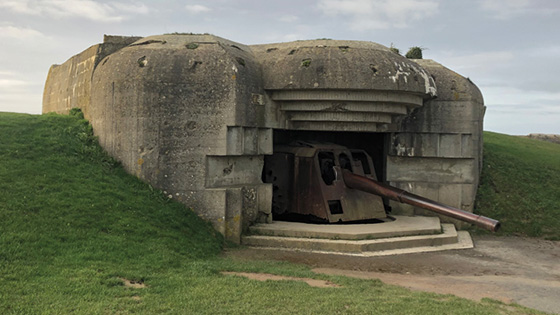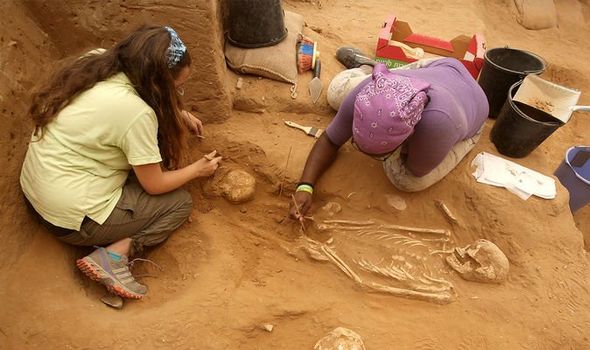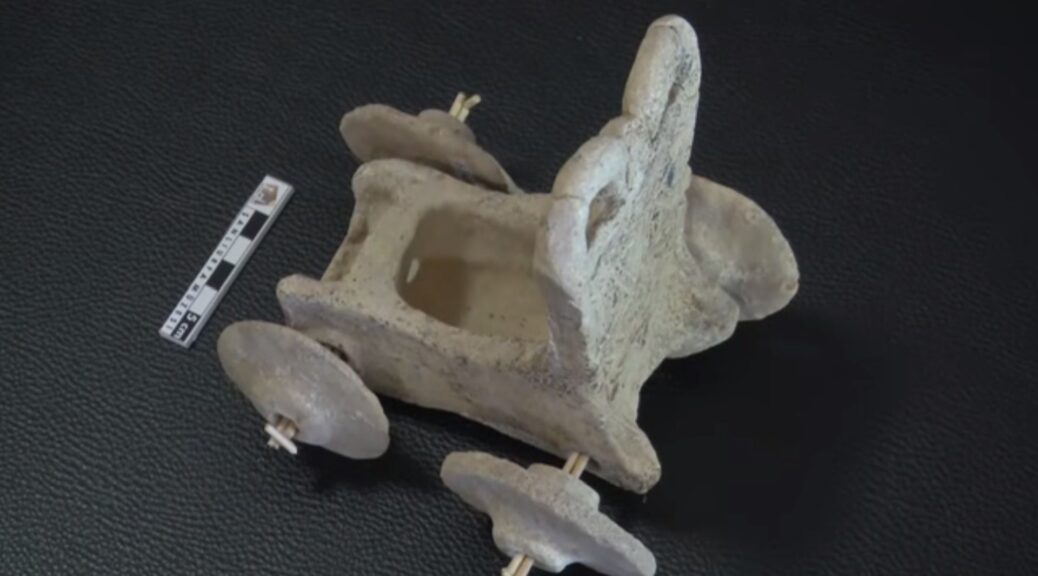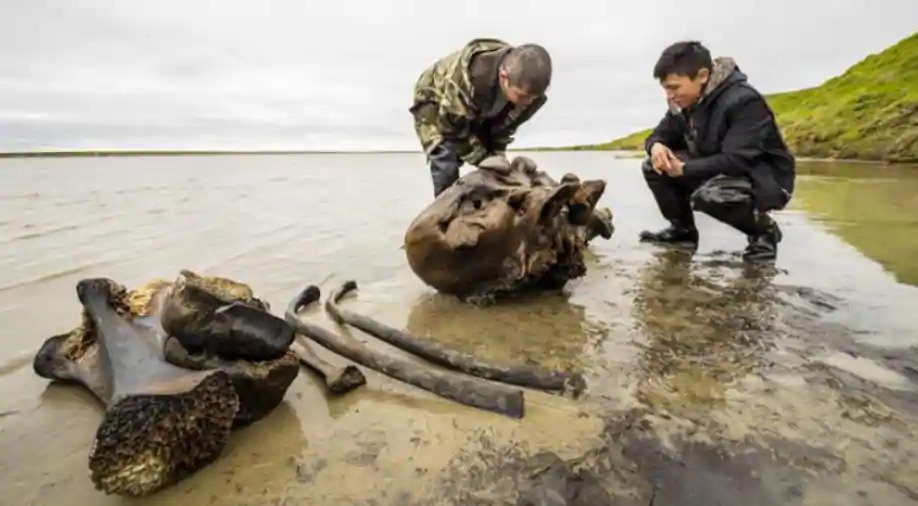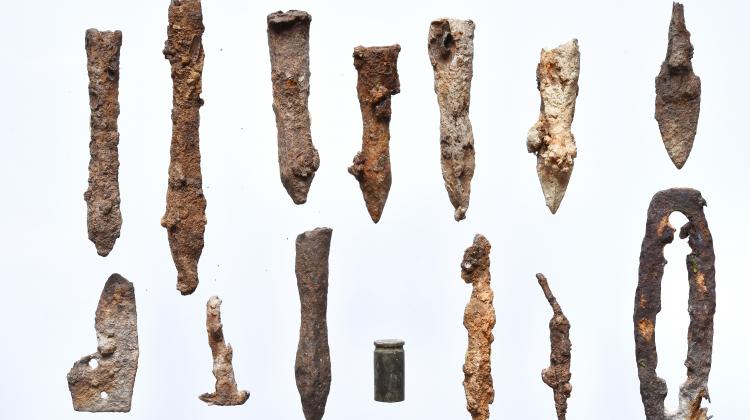Tourist Damages A Valuable Italian Sculpture And Just Walks Away
The Austrian 50-year-old man who broke three toes of a statue in the 19th century while posing for a picture has been identified by the Italian police.
On July 31 in the Hipsoteca Museum in Possagno Northern Italy, the 200-year-old plaster cast model of Antonio Canova’s statue of Paolina Bonaparte was damaged.
The tourist’s name has not been released yet, but surveillance camera footage shows him laying on the statue to pose for a photo. When the man stands up to walk away, it appears he gets rid of the damages, or toes, and walks away.

Canova carved the now damaged piece of art from a marble statue that is currently housed in the Borghese Gallery in Rome. The sculptor lived from 1757-1822 and was famous for his marble statues.
Police report the man was with a group of eight Austrian tourists but strayed away from his friends to get a photo of himself “sprawled over the statue.”
Investigators say there could be further damage to the base of the sculpture that the museum experts still have to ascertain, but as of now, only three broken toes from the statue’s right foot are notably damaged.
President of the Antonio Canova Foundation, Vittorio Sgarbi, wrote in a Facebook post that he has asked police for “clarity and rigor.” He wrote that the tourist must not “remain unpunished and return to his homeland. The scarring of a Canova is unacceptable.”
The museum posted about the incident on Facebook, explaining that the room guard noticed the damage and declared an emergency situation immediately.

The man responsible for the damage was identified because of coronavirus measures, which required visitors to leave their personal information for eventual contact tracing if an outbreak were tied to the museum.
When police reached out to a woman who signed in on behalf of herself and her husband, the woman burst into tears and admitted her husband was the toe breaker, according to a press release from Treviso Carabinieri.
The husband later confessed and repented for the “stupid move,” as stated in the release. Charges have not been pressed. A court in Treviso is still deciding on legal actions.
This toe-breaker is not the first person to damage a valuable piece of artwork in an attempt to get a selfie. In 2018, a woman knocked over and damaged two artworks in an attempt to get a selfie, one by Francisco Goya and the other by Salvador Dali, at a gallery in Russia.
The Museum recently affected by the Austrian tourist concluded the Facebook post on the matter with the following statement.
“We reiterate that our heritage must be protected: adopting responsible behavior within the Museum while respecting the works and goods preserved in it is not only a civic duty, but a sign of respect for what our history and culture testify and that must be proudly handed down to future generations.”

